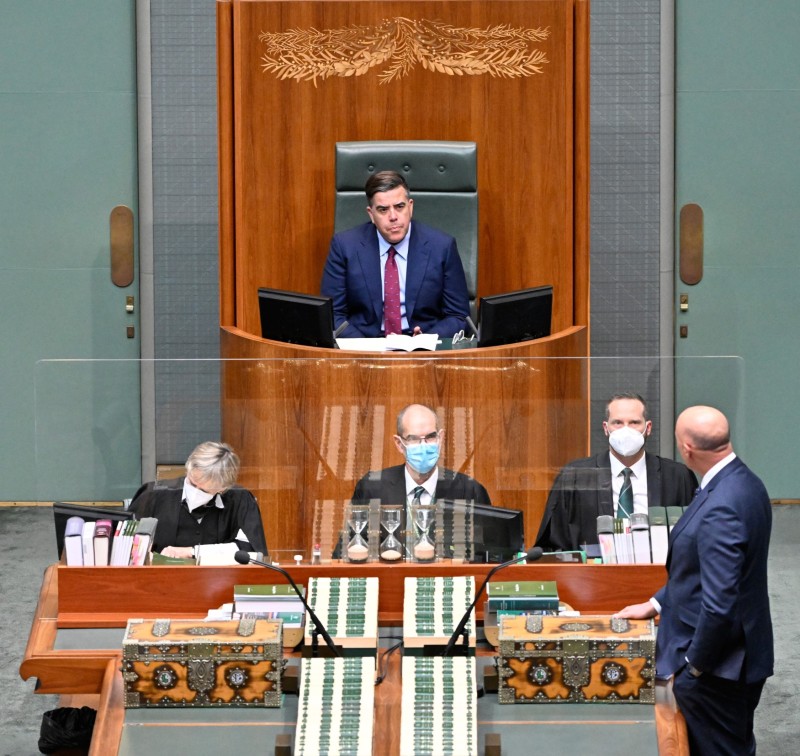Apart from the standing orders, what other 'rules' do the House and Senate have to follow?
Hi Jessica, thanks for your question.
Apart from standing orders, meetings of both the Senate and House of Representatives are managed using:
- rules in the Australian Constitution
- sessional orders
- conventions
- rulings made by the Presiding Officers – the President of the Senate and the Speaker of the House of Representatives.
Section 50 of the Constitution gives the Senate and House the power to make and change their own standing orders. Although these standing orders are similar, they are not the same.
Sessional orders are temporary rules used to manage the work of the House and Senate. They are sometimes adopted as permanent rules. For example, in 2020 the Senate trialled shorter speaking times to give more senators a chance to participate in debates. After the six-month trial, the Senate agreed to permanently add the new speaking times to the standing orders.
Conventions are customs and practices that have developed over many years, often to cover gaps in the standing orders. For example, it is a convention that the Speaker and the President alternate the call between government and non-government members or senators.
Rulings made in the past help guide the current Speaker or President when making decisions in Parliament. For example, in 1959 the Speaker ruled that a member was not allowed to remove their jacket in the House and this ruling has been followed ever since. It is a convention that members of Parliament wear business attire, such as a suit, in the Senate or House of Representatives.
Other documents that are used to guide procedure are House of Representatives Practice and Odger’s Australian Senate Practice.
The Speaker of the House of Representatives

Penny Bradfield/DPS Auspic
Description
In the House of Representatives, the Speaker sits in a large, elevated, wooden and green leather chair behind a desk. From this position, the Speaker can see and hear all other members and all other members can see the Speaker. The Speaker is a member of the House of Representatives who has been chosen to run the meetings of the House.
Permission should be sought from DPS AUSPIC for third-party or commercial uses of this image. To contact DPS AUSPIC email: auspic@aph.gov.au or phone: 02 6277 3342.